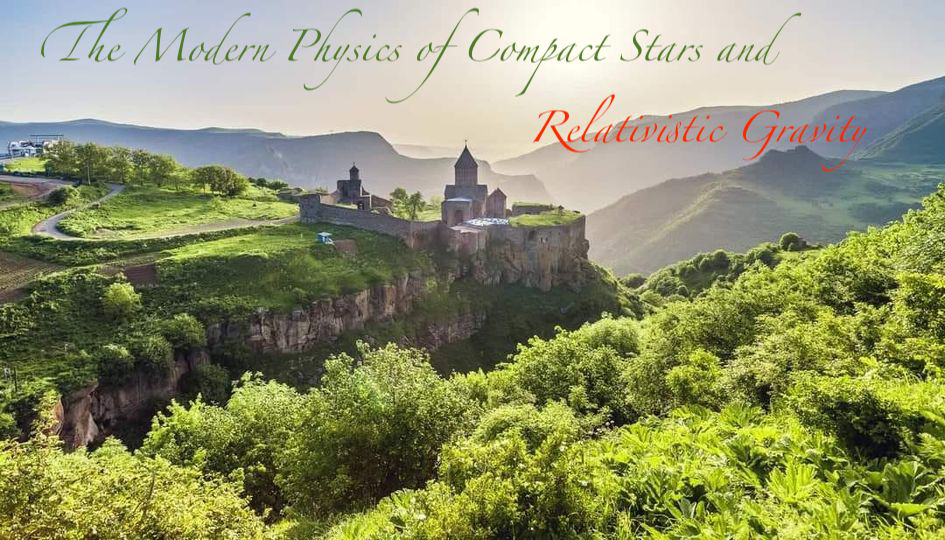Speaker
Description
In this work, we extend our previous study of the bulk viscosity of hot and dense 𝑛𝑝𝑒 matter induced by the Urca process in the neutrino trapped regime to 𝑛𝑝𝑒𝜇 matter by adding the muonic Urca processes as well as the purely leptonic electroweak processes involving electron-muon transition.
The nuclear matter is modeled in a relativistic density functional approach with two different parametrizations which predict neutrino dominated matter (DDME2 model) and anti-neutrino dominated matter (NL3 model) at temperatures for which neutrinos/anti-neutrinos are trapped.
In the case of neutrino-dominated matter, the main equilibration mechanism is lepton capture, whereas in the case of antineutrino-dominated matter this is due to neutron decay. We find that the equilibration rates of Urca processes are higher than that of the pure leptonic processes, which implies that the Urca bulk viscosity can be computed with the leptonic reactions assumed to be frozen. We find that the bulk viscosity decreases with temperature as 𝜁∼𝑇−2 at moderate temperatures. At high temperatures this scaling breaks down by sharp drops of the bulk viscosity close to the temperature where the proton fraction is density-independent and the matter becomes scale-invariant. This occurs also when the matter undergoes a transition from the antineutrino-dominated regime to the neutrino-dominated regime where the bulk viscosity attains a local maximum. We also estimate the bulk viscous dissipation timescales and find that these are in the range ≥ 1 s for temperatures above the neutrino trapping temperature. These timescales would be relevant only for long-lived objects formed in binary neutron star mergers and hot proto-neutron stars formed in core-collapse supernovas.




